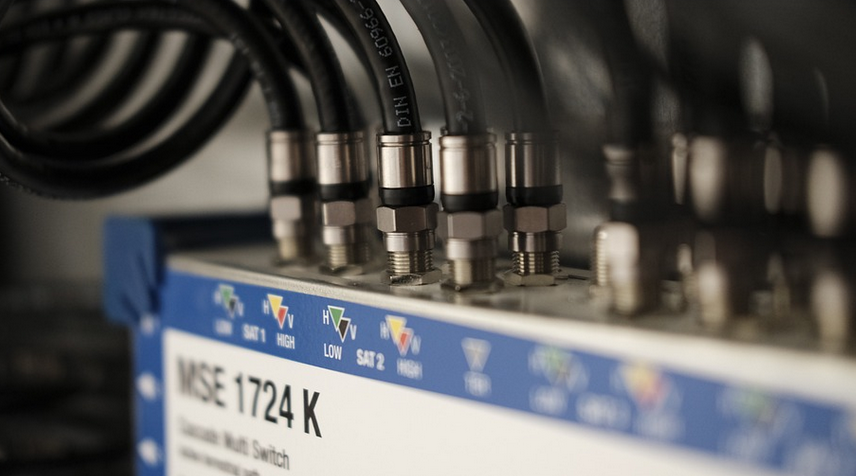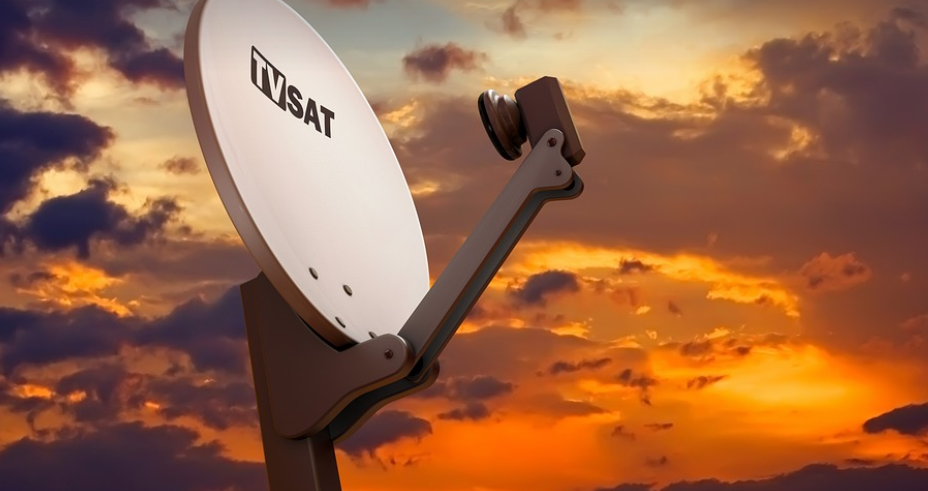Understanding the Basics
Allison transmissions are renowned for their durability and smooth shifting, making them popular in heavy-duty vehicles like semis, buses, and trucks. But just like any other mechanical component, these transmissions can experience issues with their shift selector mechanisms.
The Shift Selector is a primary control point that directs the correct gears or ratios to be engaged. It’s essentially a lever or button on the transmission housing that allows the driver to select different driving modes and gear ranges within the Allison system. Problems with this selector can directly impact how smoothly and efficiently your vehicle operates.
Common issues with the shift selector mechanism generally fall under these categories:
1. Mechanical Issues:
These problems are often caused by wear, tear, or damage to internal components like the selector shaft, gears, linkage, cables, and buttons. Mechanical issues can result in:
- Delayed shifting (the transmission may not change gears properly)
- Erratic shifting (shifts might feel jerky or inconsistent)
- Difficulty selecting gears (difficulty moving the selector lever)
- Shifting problems at low speeds (difficulty shifting to lower gears)
2. Electrical Issues:
Electrical problems in the shift selector system can be a result of faulty wiring, sensors, or control modules. These issues can lead to:
- Incorrect gear selection (the wrong gear is selected automatically)
- Shifting issues at high speeds (shifting may become erratic)
- Inability to shift gears (complete failure of the selector mechanism)
3. Software Issues:
In recent years, Allison transmissions have incorporated advanced software features for shifting and control. However, these systems can experience errors or glitches. These issues can cause:
- Delayed shifting (shifting may take longer than expected)
- Incorrect gear shifting (the transmission may choose the wrong gear)
- Shifting problems at low speeds (problems with acceleration due to incorrect gear selection)
Common Symptoms of Allison Transmission Shift Selector Problems
Recognizing the signs of a problem is crucial for timely diagnosis and repair. Here are some common indicators:
1. Difficulty Selecting Gears:
If you encounter difficulties engaging gears, such as struggling to shift into specific positions or experiencing resistance when moving the selector lever, it could signal an issue.
2. Jerky Shifting:
A noticeable change in the smoothness of gear transitions can be a sign of internal problems. This might involve jerky starts and stops, particularly at lower speeds.
3. Improper Gear Selection:
When you select a gear that feels “off” or doesn’t match your intended speed, it’s a clear indication of malfunctioning in the selector system. It could be struggling to select higher gears or sticking somewhere in the process.
4. Delayed Shifting:
When the transmission appears hesitant to shift into different gear ranges or takes longer than expected to complete a shift, this signifies a potential mechanical issue.
Troubleshooting and Repair
The severity of these issues can range from minor inconveniences to major repair needs, and it’s crucial to remember that each transmission has unique complexities.
**1. Self-Diagnosis:** Before diving into troubleshooting, consult your vehicle’s owner manual for recommended methods of self-diagnosis. This will likely include checking for unusual noises, warning lights on the dashboard, or specific codes that might indicate a problem.
**2. Professional Diagnosis and Repair:** If you experience persistent issues that you’re unable to resolve, it’s essential to take your vehicle to a qualified mechanic specializing in Allison transmissions. These professionals have the expertise and tools necessary for accurate diagnosis and repair.
**3. Advanced Diagnostic Tools and Software: ** Specialized diagnostic equipment like scan tools and software can help identify specific problems within the shift selector system. This allows technicians to pinpoint exact causes of issues more precisely.
**4. Potential Solutions:** The solutions for Allison shift selector problems vary depending on the nature and cause of the issue. * **Mechanical Issues:** Replacing worn-out components, repairing damaged linkage or cables, recalibrating the system, or adjusting the transmission fluid levels could solve common issues.
* **Electrical Problems:** Troubleshooting electrical faults through code readings, replacing faulty sensors, and addressing wiring issues can help resolve problems. * **Software Issues: ** A software update can often improve performance and correct errors in the shift selector logic.
Prevention is Key
Taking preventive measures to maintain your Allison transmission’s health can significantly reduce the likelihood of experiencing shift selector problems.
**1. Regular Maintenance: ** Just like any other vehicle, regular maintenance plays a crucial role in prolonging its lifespan and performance. Follow your vehicle’s service schedule diligently – this includes oil changes, fluid top-up, filter replacements, and inspections.
**2. Driving Habits: ** Be mindful of your driving habits. Avoid hard acceleration, sudden braking, or excessive idling for extended periods. This will help reduce wear and tear on the transmission system.
**3. Transmission Fluid Checks:** Check transmission fluid levels regularly and ensure they meet the manufacturer’s specifications. This helps in keeping the system lubricated and running smoothly.
A Note of Caution:
While it’s always best to consult with a qualified mechanic for any significant issues, some basic troubleshooting steps can be performed. However, remember that working on the transmission requires specific knowledge and tools, so proceed cautiously if you’re not an expert. If you’re unsure about your abilities or see unusual symptoms, seek professional assistance.
**Safety First:** Always prioritize safety when dealing with a malfunctioning transmission. Follow safe operating procedures and wear protective gear like gloves and eye protection before attempting any repairs.


